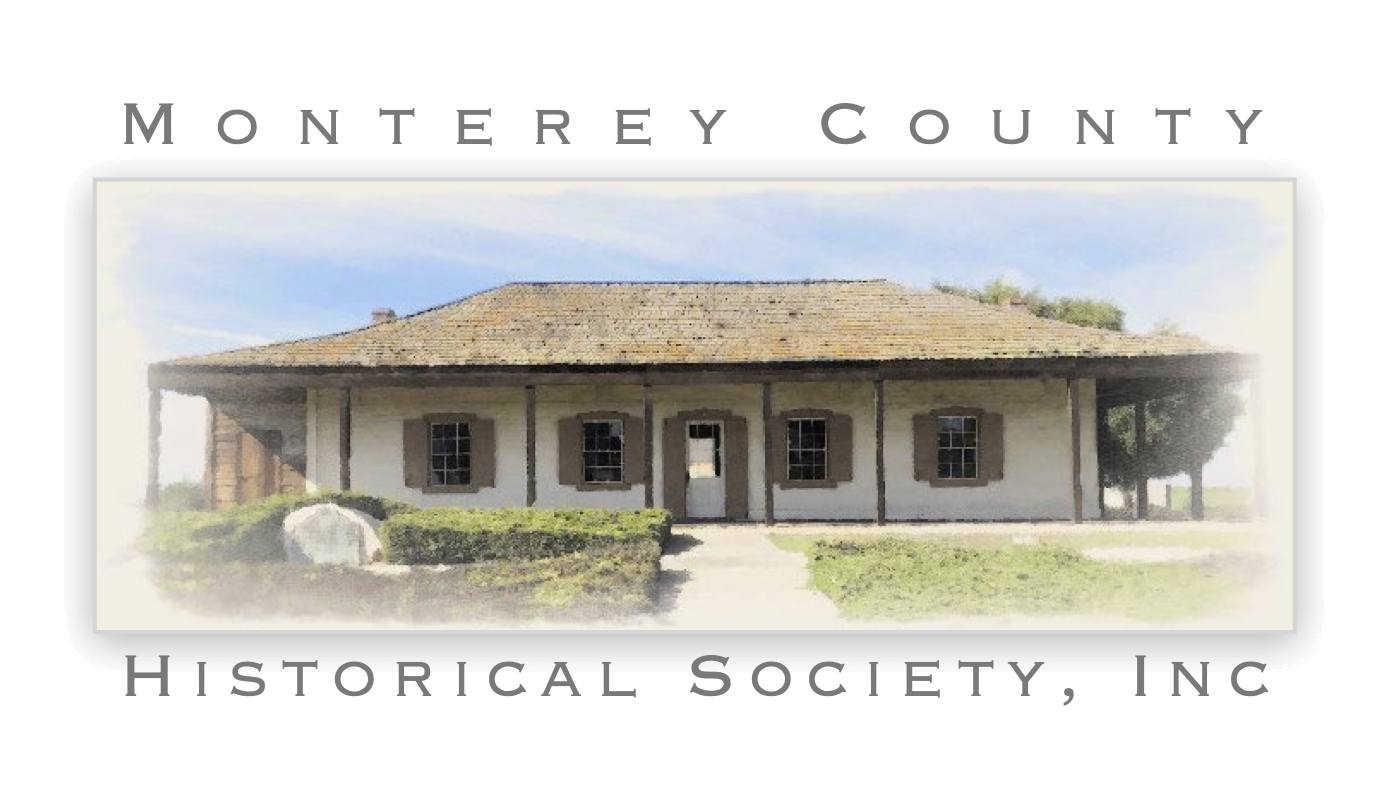To supply beets to his Watsonville refinery, Claus Spreckels constructed a narrow gauge railroad from the Pajaro Valley beet fields to the factory using primarily Chinese labor. Incorporated in 1890, the Pajaro Valley Railroad extended as far south as Moro Cojo ranch in 1891, and also served the Moss Landing wharf. With construction of the new refinery, the railroad was expanded from Moro Cojo to Spreckels and the name was changed to the Pajaro Valley Consolidated Railroad–but it was known locally as the “Dinky Line” because of its tiny engines. Branch lines extended south over the river bridge to Buena Vista, where beets were grown, and north, passing east of Salinas near the present airport terminal, to Alisal Canyon where Spreckels obtained limestone. This was the last railroad project in the Monterey Bay area to rely primarily on Chinese labor; the 1882 restrictions had virtually halted Chinese immigration, and the available labor pool was diminishing. The Chinese were soon replaced by younger Japanese immigrants.
In 1908, a branch line of the Pajaro Valley Consolidated Railroad was extended from Spreckels Junction into Salinas to carry passengers to and from the refinery. This was a route attempted by the Salinas Railway Company in 1897, but their operation was unsuccessful and folded in 1900.
Approximately 1915 marks the heyday of the Pajaro Valley Consolidated Railroad; its lines had reached 54 miles. It consisted of nine locomotives, six passenger cars, two baggage cars, three combination freight and passenger cars and 260 freight cars. Riding the railroad from Salinas to the Alisal end for picnics was a popular pastime.
Authors Fabing and Hamman note that in 1917, the Pajaro Valley Consolidated Railroad hauled an incredible 174,480 tons of freight, and in 1919 it carried a record 158,871 passengers. But by the 1920s the truck, passenger car and bus, as well as the larger Southern Pacific Railroad, were cutting into its business.
Regular passenger train service was the first to go, on November 24, 1925. By 1927 the freight routes were failing, and in June of 1928 the railroad petitioned the Interstate Commerce Commission to abandon all of its routes. On December 5, 1929, the entire operation–40 miles of right of way, buildings, maintenance structures, 7 locomotives, 24 boxcars, 140 gondola cars, 4 flatcars, 3 dismantled dump cars, 2 combination baggage and passenger cars and 3 coaches–excluding cash on hand, 2 standard gauge steam engines, 2 busses and tracks within the Spreckels Factory yard, were sold to the Southern Pacific Company for only $10.00!
Sources:
- Breschini, Gary S., Trudy Haversat, and Mona Gudgel, 10,000 Years on the Salinas Plain: An Illustrated History of Salinas City, California (Heritage Media Corp., Carlsbad, 2000).
- Clark, Donald T., Monterey County Place Names (Kestrel Press, Carmel Valley, 1991).
- Fabing, Horace W. and Rick Hamman, Steinbeck Country Narrow Gauge (Pruett Publishing Company, Boulder, 1985).


